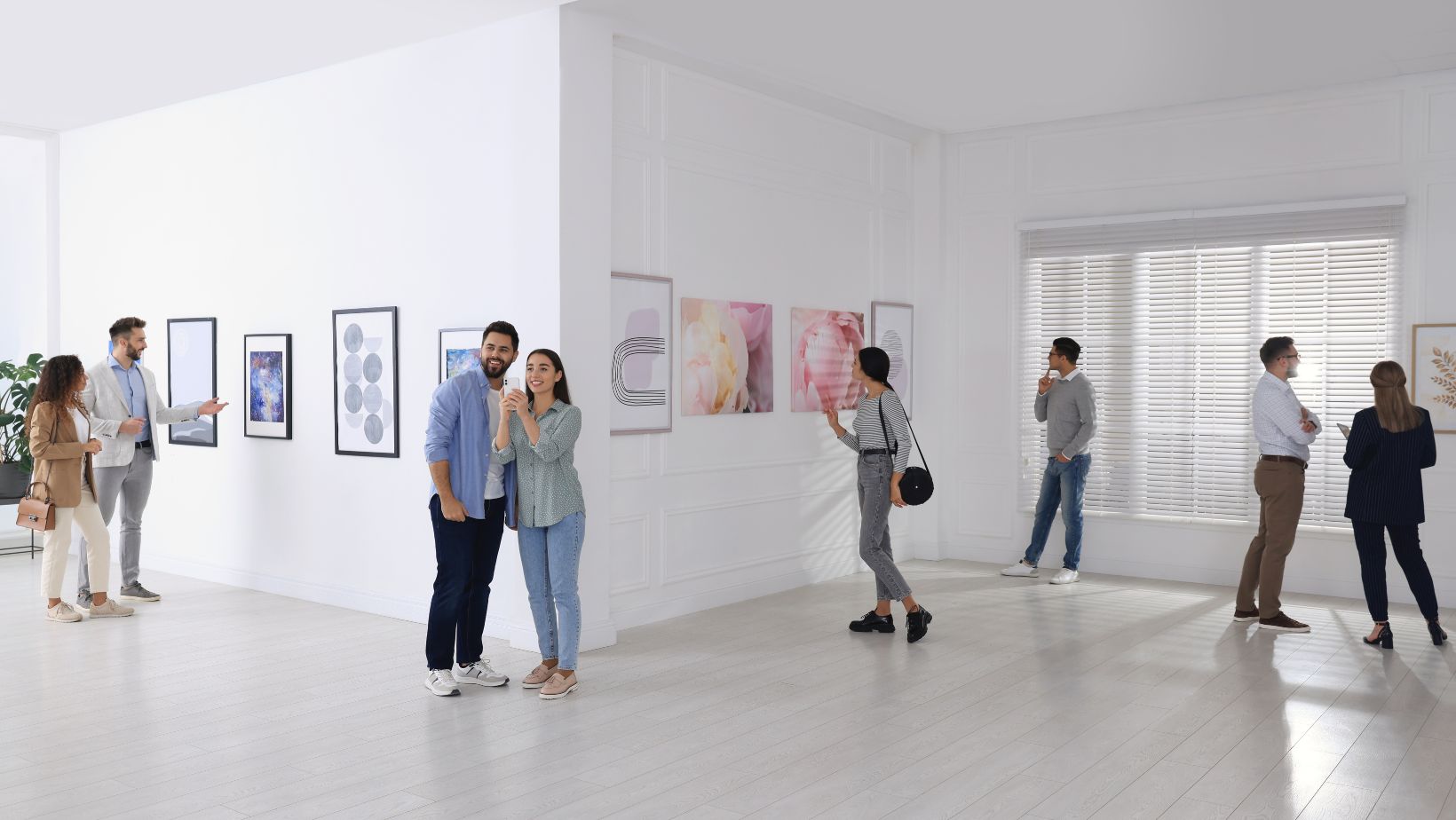The-Art World Galleries
Historically, galleries emerged as early as the Renaissance, providing spaces for artists to display works outside ecclesiastical and royal commissions. Throughout the 19th and early 20th centuries, they became central to the art market, playing a crucial role in the promotion of Impressionism and Modernism. Art dealers like Paul Durand-Ruel championed artists like Monet and Degas, demonstrating galleries’ influence in shifting public taste and artist recognition.
In the contemporary era, galleries have embraced digitalization, broadening their reach beyond physical spaces. Online platforms and social media enable virtual tours and exhibitions, offering global accessibility. Significant shifts include personalized art experiences and collaborations with tech companies to create immersive art environments. As part of this evolution, galleries balance preserving their intimate, curated physical experience while engaging with a digitally savvy audience.

The-Art World Galleries shape the art world by setting trends and showcasing diverse artists. They connect cultures and drive the evolution of art.
Several international galleries dominate the global art scene through high-profile exhibitions and renowned collections.
- Gagosian Gallery: Located in multiple major cities, Gagosian is known for exhibiting contemporary art by influential artists like Damien Hirst and Jeff Koons.
- Tate Modern: Based in London, this gallery showcases international modern and contemporary art, attracting millions of visitors annually.
- Louvre: Holding some of the world’s most famous artworks, the Louvre in Paris is pivotal in preserving historical art and driving cultural engagement.
- The Museum of Modern Art (MoMA): Situated in New York, MoMA plays a key role in contemporary art discourse, hosting innovative exhibitions.
These galleries not only display art but also influence global art trends.
Local galleries play essential roles in nurturing emerging artists and reflecting regional art scenes.
- White Cube: Originating in London, it supports emerging local talent alongside established artists.
- Pace Gallery: With locations in Palo Alto and Hong Kong, it extends its influence by promoting diverse art movements.
- Los Angeles County Museum of Art (LACMA): Focused on local American artists, it enhances cultural expression in Southern California.
- Galerie Thaddaeus Ropac: Known for its innovative exhibitions in Salzburg and Paris, it supports unique European artists.
These galleries serve as cultural bedrocks, reinforcing community ties and enabling artist recognition.
The Impact Of Galleries On Artists
The-Art World Galleries significantly impact artists by offering opportunities and facing challenges. They help shape careers and influence the art world’s landscape.

The-Art World Galleries provide exposure and professional growth for emerging artists. They connect artists with collectors, critics, and curators, increasing visibility. Through exhibitions, artists gain experience and build reputations. Galleries often serve as platforms for discovering new talent, offering solo shows and group exhibitions that highlight innovative work.
While galleries offer opportunities, they also face challenges and critiques from within the art community. Some artists encounter financial hurdles due to high commission rates and exhibition costs. Additionally, limited representation can result in unequal access to gallery spaces. Critiques often point out a lack of diversity in featured artists/works, questioning the galleries’ role in perpetuating exclusivity in the art world.
Future Trends In Galleries
The-Art World Galleries, integral to the art world, continually evolve in response to technological advancements and social imperatives. Understanding future trends helps them remain influential in shaping art and cultural landscapes.

The-Art World Galleries integrate advanced technology to enhance art experiences. Virtual reality (VR) allows immersive exhibitions while augmented reality (AR) applications create interactive displays. Blockchain technology aids in art authentication and sales by ensuring transparent, secure transactions. Online platforms and social media expand galleries’ reach, providing global audiences access to collections and exhibitions without geographical constraints. AI-generated art challenges traditional creativity norms, prompting galleries to explore new exhibition strategies.
The-Art World Galleries increasingly prioritize sustainability by adopting eco-friendly practices and materials. Energy-efficient lighting and sustainable exhibition design reduce environmental impact. As cultural hubs, galleries promote community engagement through activities like workshops, artist talks, and collaborations with local organizations. Initiatives focus on inclusivity, ensuring diverse representation and audience participation. These approaches align galleries with contemporary social values, fostering deeper community connections and supporting broader artistic inclusion.

